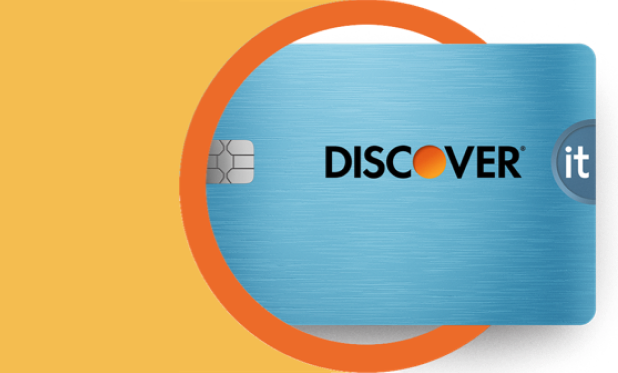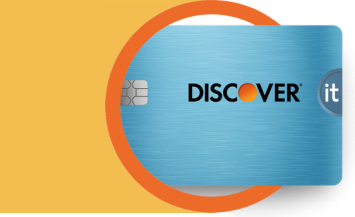If you use credit cards, you’ve likely encountered an interest charge on one or more of your monthly credit card statements. But how does interest on credit cards work?
Understanding a few facts about credit card interest can help you manage your borrowing and could even minimize your chance of being charged interest. Here’s what you need to know about credit cards and interest rates.







